They say that Genova is a city that doesn’t open up easily. Nicknamed La Superba, “The Proud One”, it watches over the sea with an air of quiet mystery, its narrow alleyways—caruggi—winding like a labyrinth that only locals truly understand. Tourists come and go, snapping pictures of the harbor, eating a slice of focaccia, and moving on, never really grasping the hidden soul of the city.
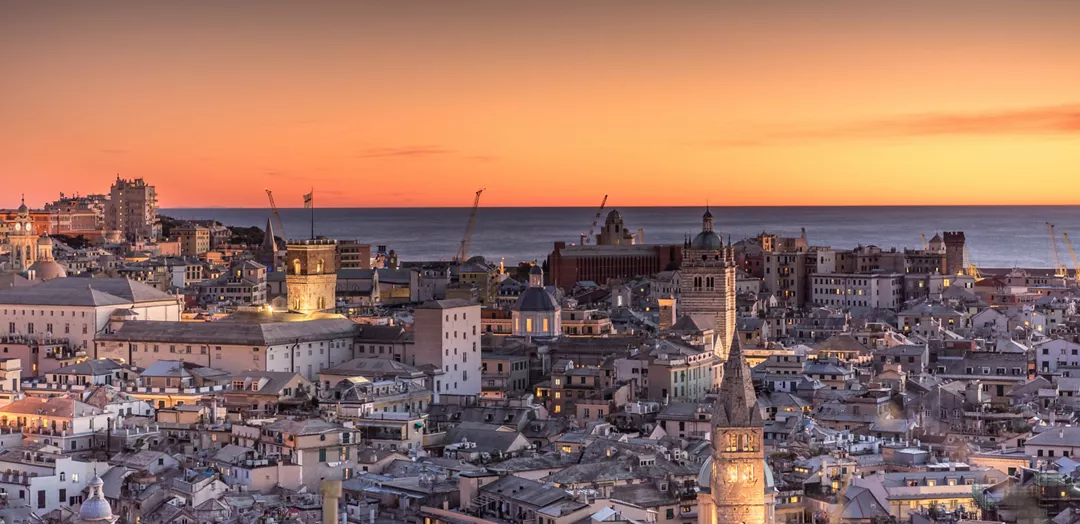
I grew up here, wandering these streets, feeling the weight of history in every stone, every shadowed corner. But as much as I loved Genova, it felt too small for me, too closed off, too unwilling to embrace the outside world. So I left. I traveled, studied abroad, and let myself get lost in other cities’ mazes. And it was there, far from home, that I discovered something about myself—I wasn’t just searching for places; I was searching for people, for stories, for tables where strangers could sit side by side and, by the end of a meal, feel like old friends.
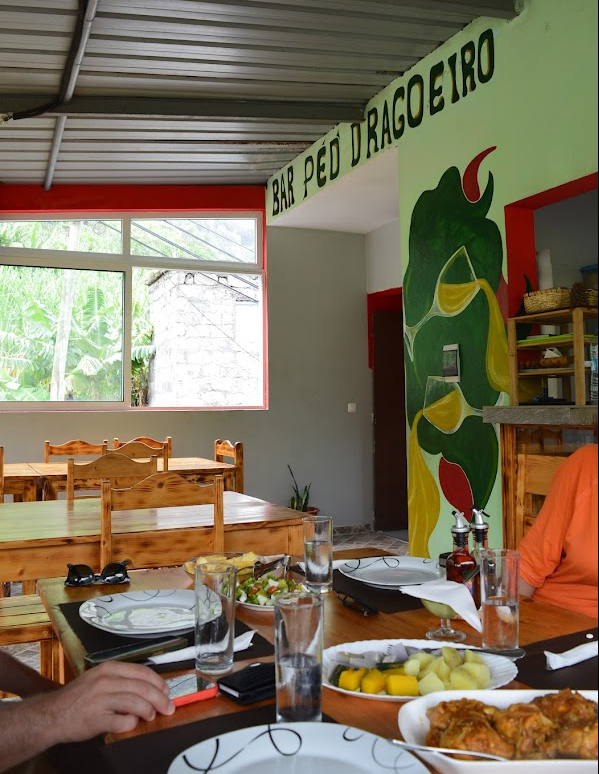
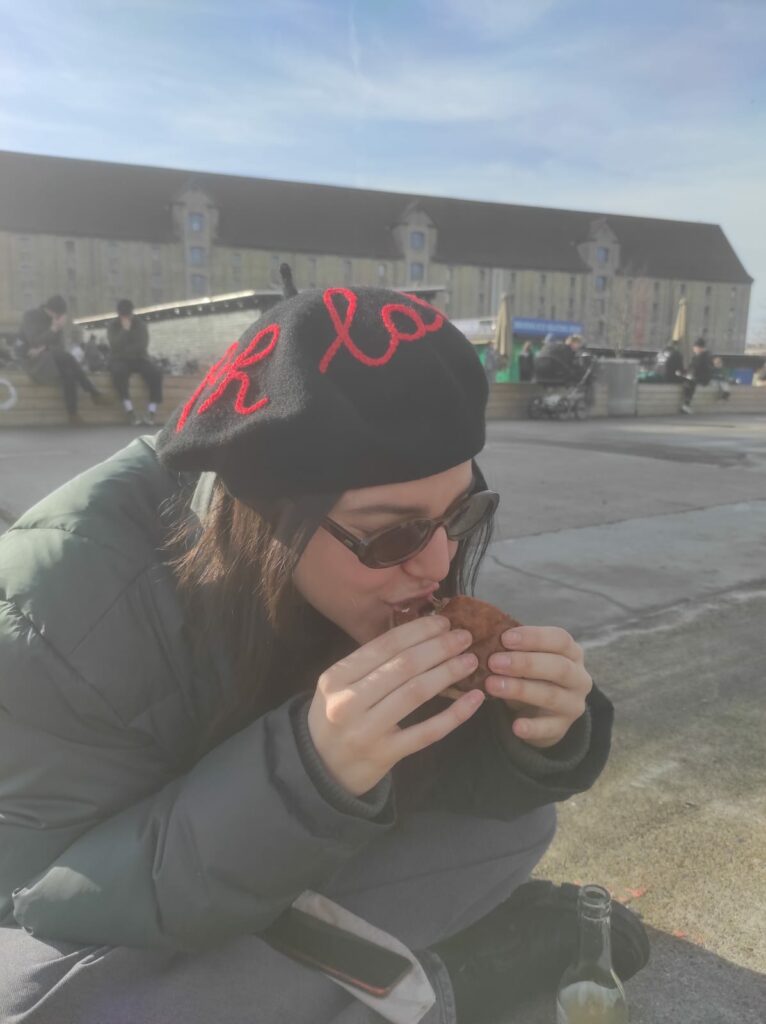
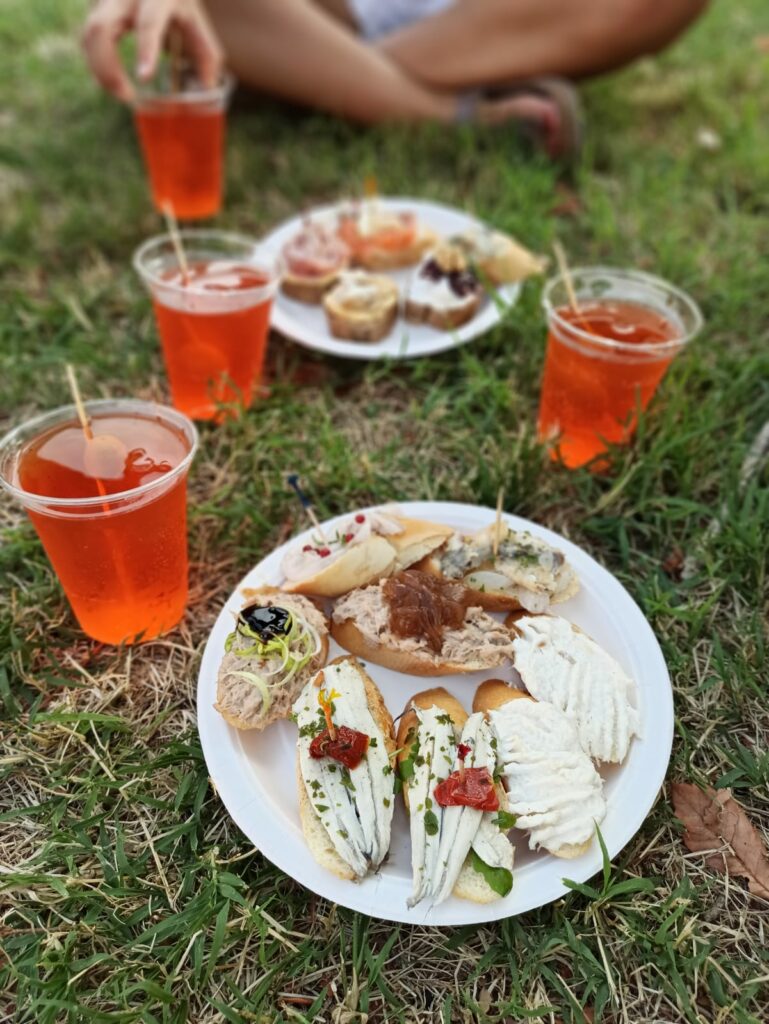
Some of my most unforgettable moments happened around a table. A home-cooked lunch in Cape Verde, where a farmer’s family welcomed us with a banquet of local specialties. A stroll around Copenhagen to taste all the different types of bakery delicacies with my roommate. A tiny backstreet bacaro in Venice, where my family and I, exhausted and disappointed by tourist traps, stumbled upon a place so authentic, so perfect, that it turned an ordinary aperitivo into a treasured memory.
I realized that food isn’t just food—it’s a language, a key that unlocks the true heart of a place.
And yet, modern travel has turned into a race to check off the must-sees, the must-eats, the viral locations. But how do you taste the real soul of a city when you’re only following the same well-worn path as everyone else?
I wanted to change that. I wanted to help people find the gems hidden within the maze.
So I came back to Genova, this time with different eyes. I no longer saw it as just a city reluctant to welcome outsiders—I saw it as a treasure chest of stories waiting to be told, flavors waiting to be tasted, and locals who, when approached with curiosity and respect, would open their world in ways no guidebook ever could.
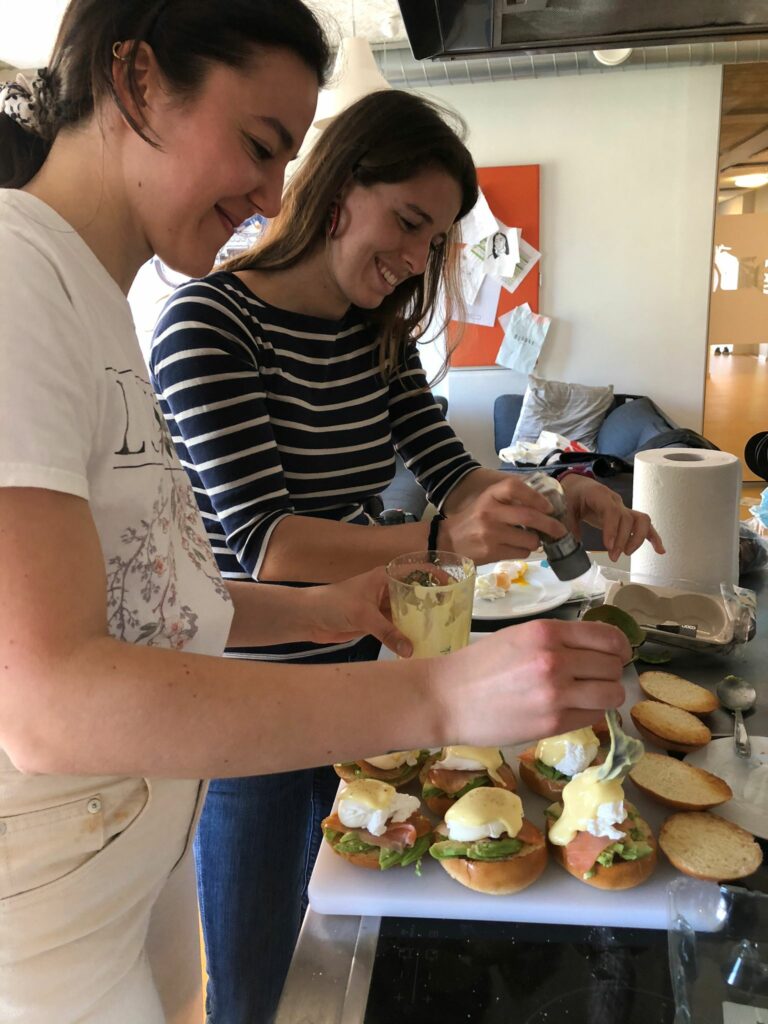
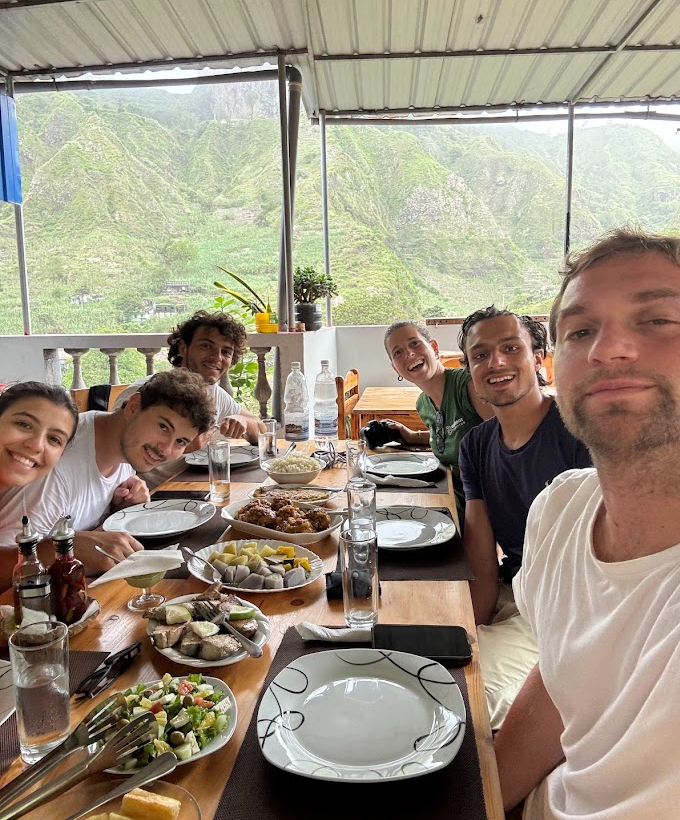
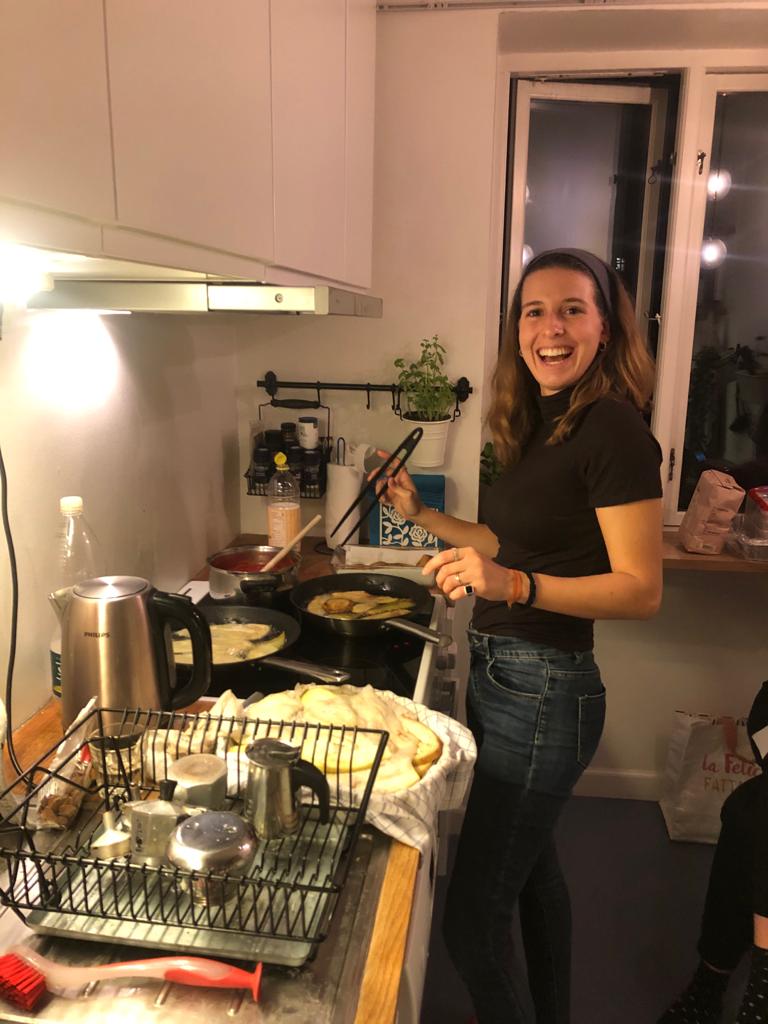
That’s how Foodies for Thoughts was born.
It’s more than just a platform; it’s an invitation—to slow down, to step off the beaten path, to share a meal that tells a story. It connects travelers with the real heart of a city, guiding them through the labyrinth to those hidden, authentic moments. It’s a space where tourists stop being tourists and start being travelers—where they cook with locals, hear their stories, discover the hole-in-the-wall restaurant they would have never found otherwise, and leave with more than just pictures, but true memories.
Traveling, like cooking, is an art. It’s about following a recipe—but not too closely, because the best flavors come from the small secrets passed down, the improvisations, the unexpected discoveries. The best guides aren’t rigid maps; they’re grandmothers who don’t write their recipes down, locals who let you in on a secret, friends who take your hand and say, “Let me show you something special.”
That’s what Foodies for Thoughts is—a way to unlock the true flavors of a place, one meal at a time. And just like in Genova, where you have to get lost in the alleyways to find the real beauty, I hope that through this project, more people will learn that the best experiences aren’t always in the obvious places. Sometimes, they’re in a tiny family-run trattoria, in a bowl of homemade pasta, in a conversation with a stranger who, for one evening, becomes a friend.
